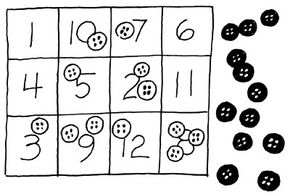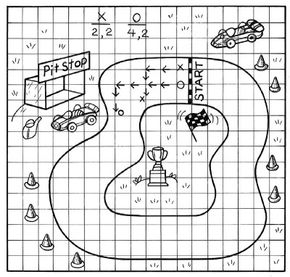Indoor games for kids let kids explore new ideas and concepts while having fun. Activities range from a dress-up relay race to making their own nature-themed board game.
Kids' games offer so many activities that kids can do at home, which require easy-to-find household supplies. Learn about indoor games for kids that encourage creative play.
Advertisement
With these indoor games, kids can find plenty of ways to play with their friends. Follow the links below to play indoor games for kids.
Teams face off in this relay race to find out which one can dress and undress fastest.
Toss buttons on a number-filled board to see who scores highest.
Make and play a guessing game that challenges the mind.
With this fun art challenge, find out how many ways there are to interpret the same phrase.
Kids experience the thrill of racing when they make their own grand prix track.
Drawings evolve as team members finish each others' artwork.
In this relay race game, kids take a trip to the moon and back.
Kids compete to see who can be the first to complete a beetle in this fun game.
Kids can create and play a board game while learning about nature themes such as rain forests or recycling.
Kids can practice their math skills while racing ping-pong balls down a homemade alley.
Kids score goals when they use fingers for soccer balls in this tabletop game.
Challenge kids' memory skills when they match states to their capitals.
Happy, sad, anger -- guess which emotion kids are portraying in this charades-inspired game.
Make 'em laugh with this entertaining performance, which uses cue cards for the audience.
From putting on an entertaining show to using fingers as soccer balls, indoor games provide creative ways to keep kids busy. Start playing indoor games with a dress-up relay race -- find out how on the next page.
For more fun activities and kids' crafts, check out:
Advertisement









